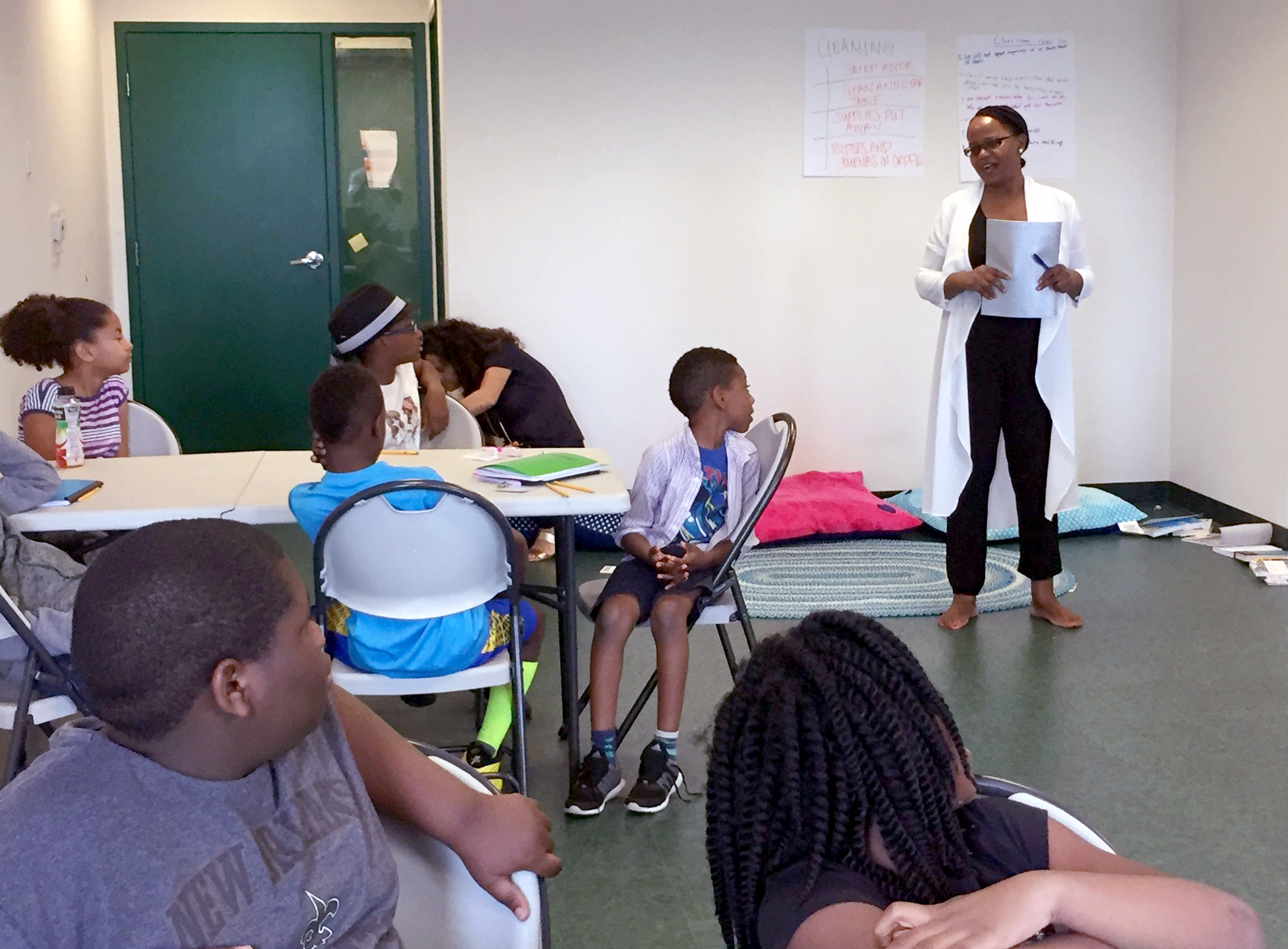Tell us a little about yourself: Where are you from originally? What sort of writing do you do? What are you working on right now?
I was born in Queens, New York but moved down to sunny Miami when I was six. As a Latino man of Dominican and Ecuadorian descent, I try to convey the nuances of my cultures through poetry, fiction, and creative non-fiction. Currently, I am the Editor-in-Chief of Fjords Review, an international literary magazine. I am also working on my thesis project as an MFA candidate at Florida International University.
What made you want to join the PageSlayers teaching staff this summer?
The Knight Foundation granted me a fellowship to attend FIU, and since then, I’ve considered the organization a champion for art and culture in the Magic City. When Dana De Greff was awarded the Knight Arts Challenge to make PageSlayers possible, I thought I couldn’t be more excited for her. But then she invited me to participate in a program that catered to the creative needs of young people of color, and my excitement reached a whole new level. I’m as thrilled as I am proud to be a part of a team that values our youth’s artistic expression as gifts that should be nurtured and shared.
What are you looking forward to most in the program?
I’m a kid at heart, so I honestly cannot wait to play games with the students. Our curriculum incorporates play into the creative process, which I believe is essential for raw expression. When students come together to play, they can cut loose, be themselves, and bring that authenticity to the page.
When did you first fall in love with creative writing?
I suppose it was in middle school when I started rapping with my friends. I didn’t know I was writing poetry; I just knew that with the right rhythm and cadence, language could produce art. We kept making music until I went away to college in New York. I was rapping less, but reading more. It wasn’t until I saw my reflection in the pages of Junot Diaz’s Drown that I realized I could write something authentic, even beautiful without beats and rhymes. I took every creative writing course I could and have been refining my craft ever since.
Why do you think it is important that students in the program have the opportunity to be exposed to creative writing at an early age?
Having spent my childhood in Miami, I know that it can be a confusing time for many kids, especially for children of color. Creative writing can help them navigate their frustrations and bring light to their hopes for the future, as it has for me.
Where can students, parents or supporters find out more about you and your work?
My work has appeared in the online magazines Luna Luna, Duende, and Literary Orphans.



























